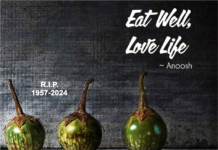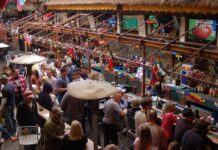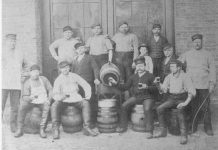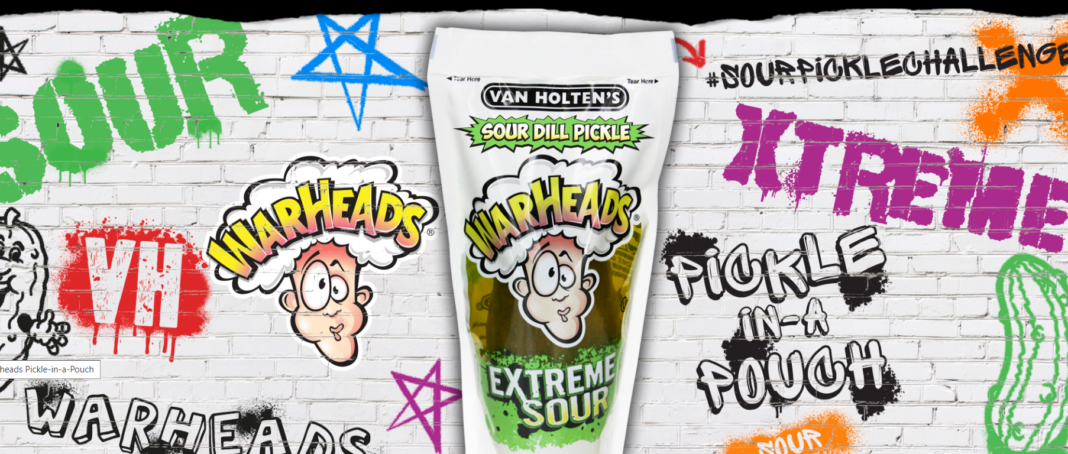But of course Van Holten’s is located in Wisconsin, where there is so much great beer, cheese and other munchable matches. The company dates to 1898 and its Pickle-In-A-Pouch appeared in 1939, so it’s not as if the social media produced these products; rather, as occasionally happens, quality met marketing and there was happiness all around.
The Economist’s piece pertaining to pickling primacy, as linked here today, is not specifically about Van Holten’s. Consider it an overview of the contemporary gherkin zeitgeist, even if pickles are an old story.
Pickling, brining, smoking, curing, fermenting; they’re all ways of preserving food (sometimes in liquid form, as with beer). They’re all why the medieval spice trade had nothing to do with masking rancid food (because it wasn’t spoiled to begin with) and everything to do with social status.
Today’s photo credit goes to Van Holten’s. Ladies and gentlemen, The Economist — for my money, one of the planet’s truly reliable news sources.
Today, however, pickles are having a moment, as a new generation of foodies has discovered their crunchy, tangy charms. On TikTok there are some 315,000 posts with the tag #pickles—more than with #cucumber and even #potatoes. Users film themselves trying dill, garlic, hot and sour varieties. (The flavour changes depending on what herbs and spices are used and whether the cucumber is soaked in vinegar or fermented in brine.) A video showing the assembly of an assorted “pickle platter” has more than 50m views.
—
“Edibles & Potables” is Food & Dining Magazine’s Sunday slot for news and views that range beyond our customary metropolitan Louisville coverage area, as intended to be food (and drink) for thought.
Previously:
Edibles & Potables: “Why do dishes in hotter climates use more spices?”























